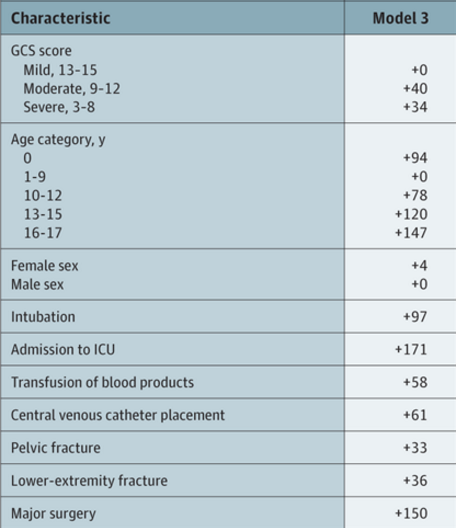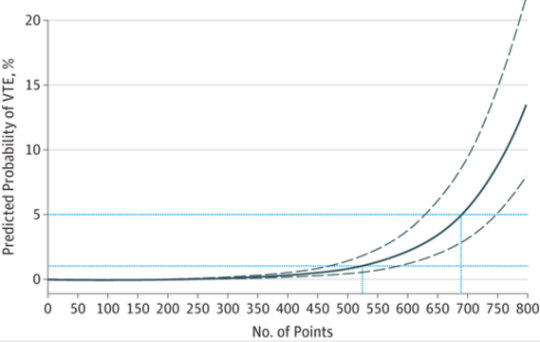There are two types of pediatric trauma centers: freestanding and combined. These adjectives refer to whether an adult trauma center is directly associated with the pediatric one. Over the years, I have come to appreciate that there may be substantial resource and experience differences between the two.

Trauma surgeons at freestanding centers are usually pediatric surgeons. They have managed trauma cases during their surgical residency and pediatric surgical fellowship, but usually have not taken a trauma fellowship. Their experience with complex trauma and advanced concepts like damage control surgery generally comes from their training and on the job experience. Surgeons at combined centers may be pediatric trained, or may be adult surgeons with pediatric experience. The adult surgeons are generally well-versed in advanced trauma concepts, and the pediatric surgeons can take advantage of the adult surgeons’ expertise in advanced trauma cases.
Freestanding pediatric centers may have fewer resources in some key areas, such as fellowship trained specialists in vascular surgery, GI endoscopy, and interventional radiology. A recent study accepted for publication from the University of Arkansas examines differences in surgeon practice patterns and resource availability at freestanding vs combined centers.
Two surveys were sent to 85 pediatric trauma centers around the US. Roughly half were Level I, and half were freestanding. One was sent to 414 pediatric surgeons at those centers inquiring about practice patterns, and the other was sent to the trauma medical directors of each center asking about their resources.
Here are the factoids:
- 50 of the 85 trauma centers responded, as did 176 of the 414 surgeons. 48% of trauma medical directors responded. These are reasonable response rates for questionnaires.
- Adult surgeons covered pediatric trauma at 6% of Level I centers, and 33% of Level II
- During pediatric surgical fellowship, 56% participated in management of vascular trauma, 25% was managed by vascular surgeons, and 19% had no experience
- At 23% of freestanding centers, vascular surgeons were not always available, and a vascular surgeon was not listed on the call schedule 38% of the time
- 27% of freestanding facilities indicated that endovascular and stent capabilities were not available, and 18% did not have interventional radiologists (IR) available within 30 minutes
- All combined centers had vascular and endovascular capabilities, and IR was available within 30 minutes 92% of the time
Bottom line: This is an intriguing paper that looks at a few of the disparities between freestanding and combined pediatric trauma centers. Obviously, it is hampered by the survey format, but does provide some interesting information. The focus was on vascular resources, and shows several of the major differences between the two types of centers.
Fortunately, vascular trauma is relatively rare in the pediatric age group. But it is possible that a child presenting to a freestanding pediatric trauma center may be managed by a pediatric surgeon with little vascular experience, and assistance from a fellowship trained vascular surgeon and/or interventional radiologist may be unavailable.
This paper provides important information regarding resource disparities in pediatric trauma care. Ideally, this should be reviewed and remedied as the Resources for Optimal Care of the Injured Patient (Orange Book) evolves over the coming years.
Reference: Pediatric Vascular Trauma Practice Patterns and Resource Availability: A Survey of ACS-Designated Pediatric Trauma Centers. J Trauma, accepted for publication Jan 12, 2018.



